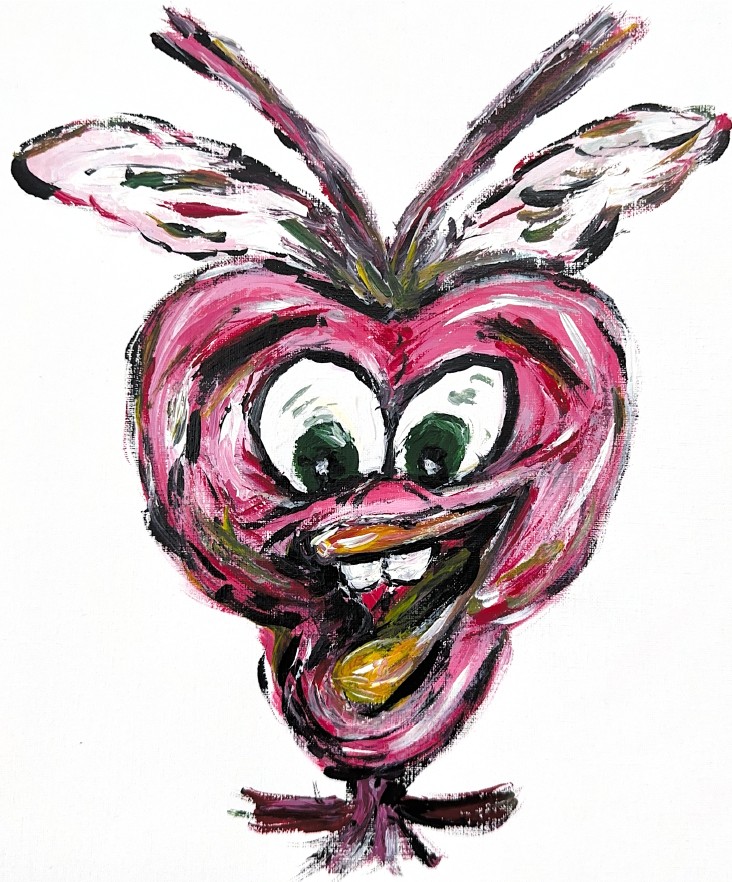Trans-Urethral Cauterization of Bladder Bleeders + Evacuation Clots
Why is it done?
Primary management of:
- Continuous or intermittent bleeding from bladder vessels
- More prominent after radiation therapy with neo-vascularisation
- Induced or aggravated by blood thinning and anti-platelet therapy
Risk factors:
- Anti-coagulation therapy: Warfarin, Xaralto etc
- Anti-platelet therapy
- Radiation to bladder prostate or bowel
- These need to be stopped prior to the procedure
How is it done?
- This is done under General anaesthesia.
- A cystoscopy is performed by placing a camera in the urethra with the help of a lubricant gel and saline irrigation.
- The bladder is then distended with saline.
- Clots are evacuated with an evacuator
- A resectoscope is then placed.
- I use Bi-polar resection, thus using Saline as irrigation.
- The offending bleeding vessels are cauterized and sealed
- A 3-way catheter is placed with continuous saline irrigation until your urine is clear
- Antibiotics may be given to prevent infection.
Complications
Side–effects
- You may have a 22 –24 French (thick) 3-way urethral catheter placed through your urethra.
- It does have a channel for placement of constant saline irrigation and another for the drainage of the blood-stained urine.
- The Continuous bladder irrigation will continue until your urine is clear approximately 24-48hrs.
- This can also be remedied by drinking plenty of fluids until it clears.
- As soon as the colour of your urine is satisfactory, your catheter will be removed.
Download Information Sheet
Wes TU cauterisation of bladder bleeders
Copyright 2019 Dr Jo Schoeman

Leave a Reply
Want to join the discussion?Feel free to contribute!